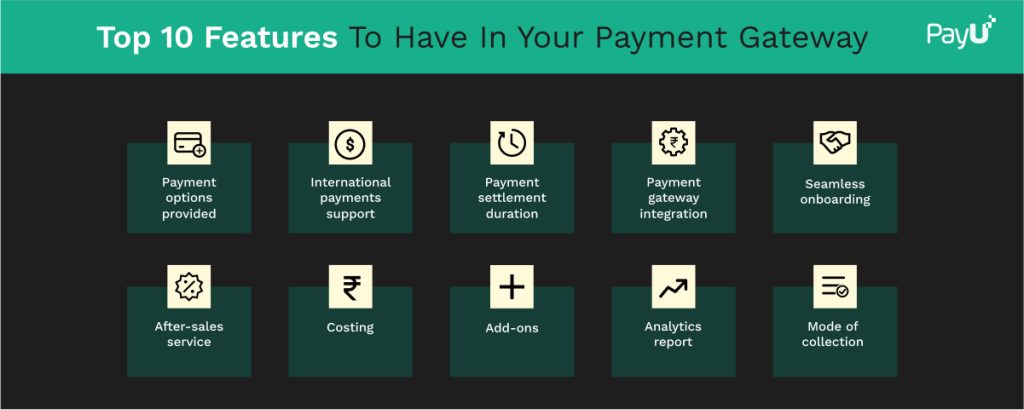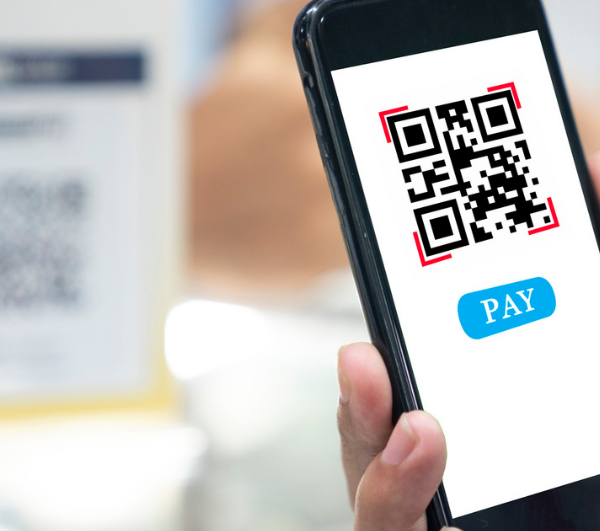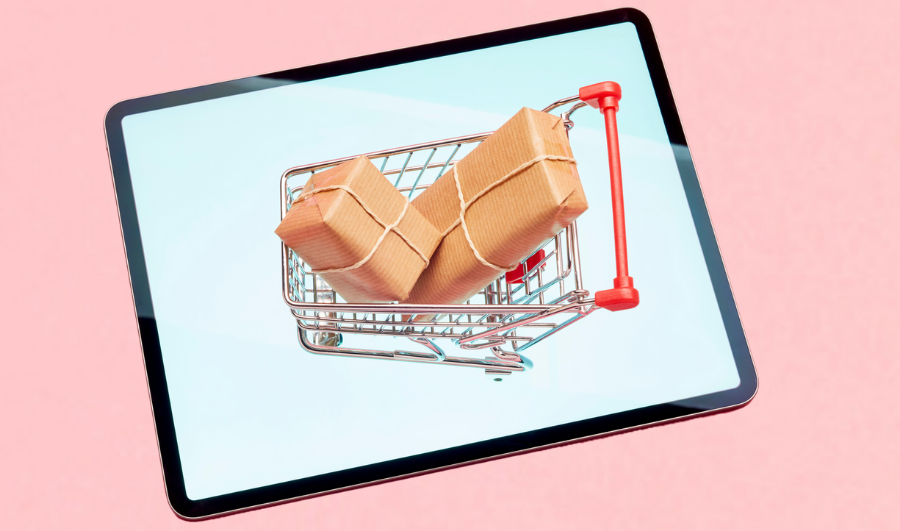Payment gateway looks after your business’s cash management needs. Sending invoices and preventing online fraud are other features you need for running a business smoothly.
While starting your company, you want to provide the best service to your customers to enhance the overall user experience. Managing everything can get quite overwhelming. But, when you have to choose the best payment gateway, we have got your back.
Along with suggesting the must-have features to look for in a PG, we will also provide a comprehensive guide on how a payment gateway works. Read on.
What Is A Payment Gateway?
Payment Gateway (PG) is an online payment settlement service that a third party provides. A PG undertakes the most crucial business task – receiving payment from the end consumers. If the User Interface (UI) of the gateway is such that it does not let the user navigate the application or website easily, then the customer might end up not placing the order. You want to avoid confusing the consumer at such a pivotal stage.
Now, the payment gateway is undertaking the entire transfer transaction from the consumer to the seller. But, first, it integrates with your e-commerce website, post which it authorizes the transactions.
How Does A Payment Gateway Work?
Since you are at the forefront of the business, you must understand the following guide on how a payment gateway works.
The payment gateway service is either provided by a bank or by an authorized payment service provider. The procedure is quite systematic – let’s delve deeper into its functioning mechanism.
Here are the steps that any typical payment gateway follows while processing a transaction.
- The customer starts with a purchase order on your online e-commerce store or mobile application.
- The customer is then led to the payment landing page. Typically, the customer is provided with several payment options; credit cards, debit cards, payment wallets, UPI, and net banking are the usual choices available.
- Suppose the customer opts to pay using her credit card – she has to enter the cardholder’s name, the unique card number, the card’s expiry date, and CVV. Similarly, for other payment options, some secure details are required to proceed further, and such details are encrypted to ensure there are no security breaches on data front.
- Since the payment gateway manages the regulations, the merchant doesn’t separately required to comply with Payment Card Industry Data Security Standards. The gateway also ensures that the customers are not directed away from the website while processing the transaction.
- The customer details are then forwarded by the merchant to the payment gateway.
- Once the gateway receives the details, they are forwarded in a readable format to the payment processor of the merchant’s bank.
- The information is further delivered to the card association through which the transaction is taking place.
- Now, the card association either approves or denies the transaction. This decision is based on verifying the user’s encrypted details and additional verification tests like OTP or fingerprint scanners.
- If the card association allows the transaction to proceed further, a request is sent to the buyer’s bank. The mechanism is necessary as the bank ensures sufficient available bank balance to process the transaction.
- Finally, when all the security checks are met, the money flows from the buyer’s bank to the payment gateway. The payment gateway then has the responsibility of settling the transaction with the seller.
As the business owner and the seller, you should know the money trail, and it’s time to reach your bank account. Now, What could be the best payment gateway for my requirements?
There are various payment gateways out there, and you might think you could proceed with any for your business. But as your business needs are unique, you must select a gateway that suits your requirements. Below, we discuss some notable features you should prioritize in a PG.
Top 10 Features To Have In Your Payment Gateway

Payment Options Provided
You must choose a gateway that permits multiple payment settlement modes. So, look for a gateway that offers a versatile array of options.
Does the Gateway Support International Payments?
With an online presence, you can reach customers sans boundaries. If you want this facility, do your research as to how much payment gateways cost. Also, make sure that the facility you select supports multiple currencies.
Payment Settlement Duration
The money transfer to the seller’s account is usually not instantaneous, and it takes 2-4 working days for the seller to receive the money in their bank account. Therefore, it would be best if you analyzed the offerings to make a sensible decision.
Can The Gateway Be Integrated?
The gateway must have a plugin integration option. If you are setting up a shop on an e-commerce platform, you can get started immediately.
Seamless Onboarding
Cross-check the documentation requirements with the provider before onboarding. Then, select a gateway that provides a remarkable experience.
After-Sales services
What happens when you get stuck using the service? It would help if you selected a provider that answers all your queries in real-time.
Costing
Usually, payment gateways charge a standard fee of 2-3% per transaction. However, if the traffic volume on your website is not significant at the moment, it might not be easy to pay per transaction. Talk to agents and try getting a decent quote.
Add-Ons
Like a bank provides a host of services, many payment gateways offer additional services such as auto-collect and payment, employee fund transfer, handling customer refunds, etcetera. If your business needs are to grow in the future, it will help if you had all your cash management activities under one umbrella.
Analytics Report
Once your freelancing business, startup, or company grows, you would want regular business analytics.
Modes of Collection
A gateway that lets you collect money by sending professional invoices on blogs and websites and through QR codes and excel sheets will be the perfect solution for your business.
The risk management team at PayU uses Machine Learning and real-time transaction monitoring technologies to avoid payment frauds and provide a haven to the customers. You don’t need to worry about making bulk payments to suppliers and employees, even on bank holidays – it is all handled efficiently by PayU’s payment gateway. You can send refunds to customers if needed and access a picturesque dashboard to manage payouts seamlessly.
Conclusion
A good payment gateway, such as PayU, will make managing a business a lot easier. Know the payment gateway transaction limit in India, and choose one that suits your needs.





